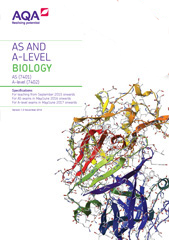3.2.1.1 Structure of eukaryotic cells
Content | Opportunities for skills development |
|---|---|
The structure of eukaryotic cells, restricted to the structure and function of:
In complex multicellular organisms, eukaryotic cells become specialised for specific functions. Specialised cells are organised into tissues, tissues into organs and organs into systems. Students should be able to apply their knowledge of these features in explaining adaptations of eukaryotic cells. |
